Earth’s ice sheets—vast blankets of frozen water covering Greenland, Antarctica, and parts of the Arctic—are essential for regulating climate and stabilizing sea levels. But what if, in an impossible twist of fate, every ice sheet on Earth melted within a single week? The sudden release of this frozen water would create a planetary-scale catastrophe, reshaping coastlines, drowning cities, and triggering global climate chaos.
The Scale of Earth’s Ice Sheets
To understand the scenario, we need to grasp just how much water is locked away in Earth’s ice sheets:
- Antarctica: ~26.5 million cubic kilometers of ice (90% of the world’s ice).
- Greenland: ~2.9 million cubic kilometers.
- Other glaciers & ice caps: ~170,000 cubic kilometers.
If all this melted, global sea levels would rise by about 65–70 meters (200–230 feet).
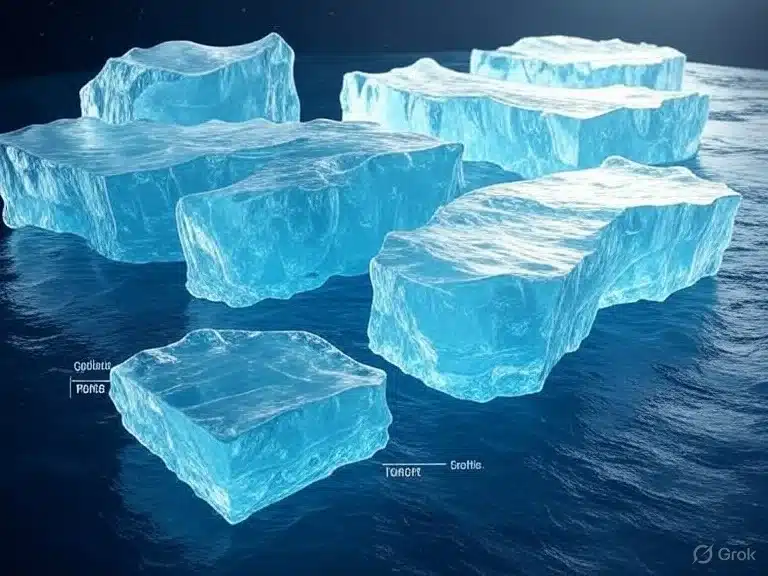
The First Week: Catastrophic Flooding
If all the ice melted within seven days, the oceans would rise more than 9 meters (30 feet) per day. Cities would have no time to respond.
- Coastal megacities like New York, Mumbai, Shanghai, and Rio de Janeiro would disappear underwater.
- Low-lying nations such as the Maldives and Bangladesh would be wiped off the map.
- Billions displaced: Nearly half the world’s population lives near coastlines and would be forced inland.
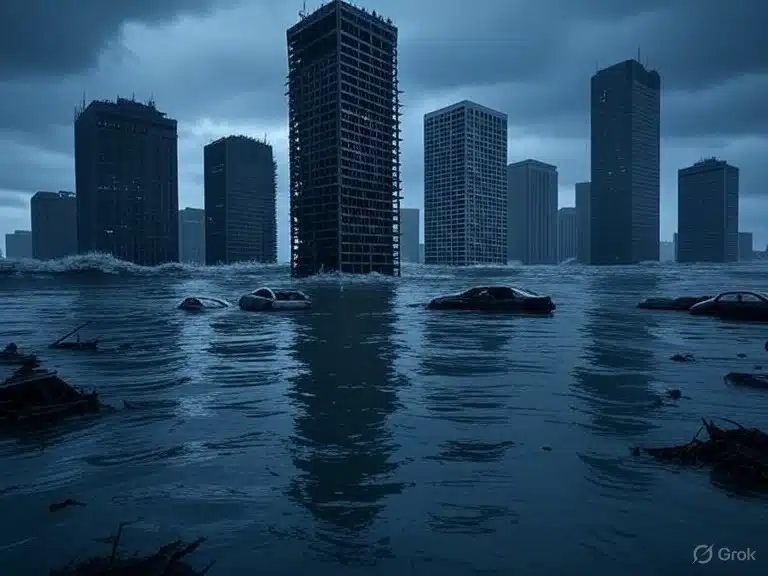
Collapse of Infrastructure
With sea levels rising uncontrollably, critical infrastructure would fail:
- Power plants near coasts would be destroyed.
- Airports and ports would be submerged, halting global trade.
- Freshwater systems would collapse as saltwater intruded into rivers and aquifers.
Humanity’s supply chains and energy systems would grind to a halt within days.
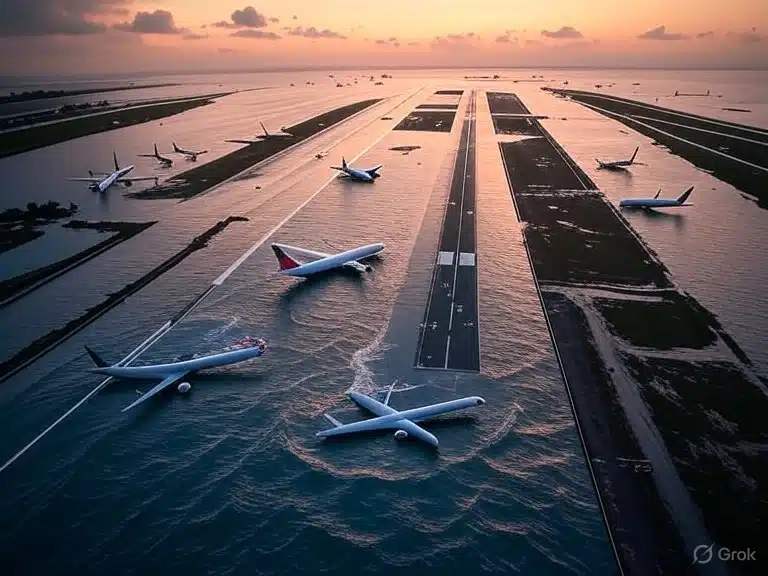
Climate Chaos Beyond Flooding
The rapid melting of ice sheets would destabilize more than just coastlines:
- Global cooling in the short term: Sudden cold freshwater pouring into oceans would disrupt ocean currents like the Gulf Stream.
- Long-term heating: Without reflective ice, Earth would absorb more heat, accelerating climate change.
- Superstorms: Warmer oceans plus atmospheric chaos would spawn hurricanes, typhoons, and megastorms worldwide.
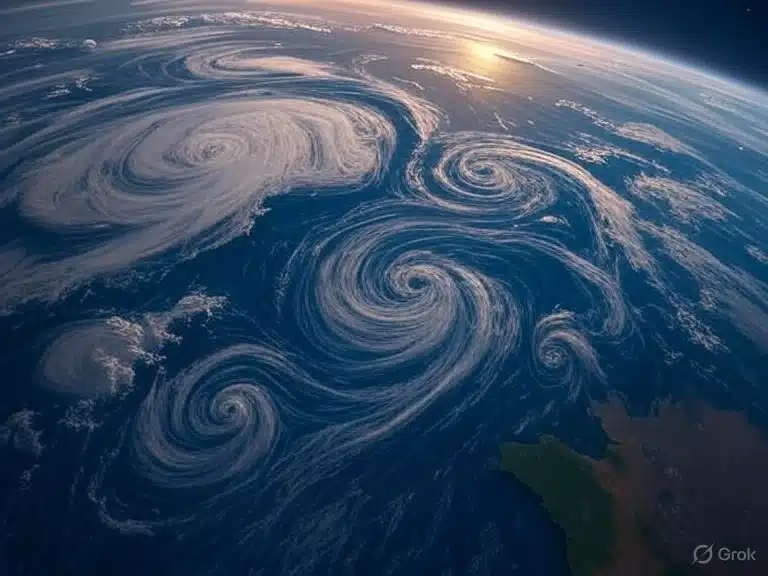
Loss of Land and Ecosystems
Entire ecosystems would vanish beneath the waves:
- Amazon Delta, Nile Delta, and Ganges Basin would be swallowed.
- Wetlands and mangroves that filter pollution would disappear.
- Habitats of polar bears, penguins, and seals would be lost forever.
The collapse of ecosystems would push countless species into extinction, including humans in vulnerable areas.
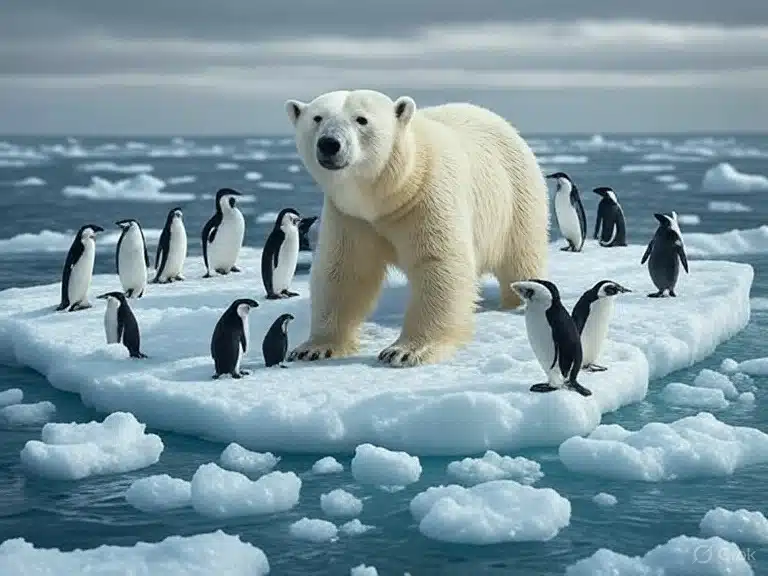
Economic and Humanitarian Collapse
The sudden flood would cause a global economic meltdown:
- Global GDP destruction: Cities that power the world’s economy—London, Tokyo, Hong Kong, Miami—would sink.
- Refugee crisis: Billions would flee inland, sparking conflict over land and resources.
- Food shortages: Farmlands would be lost to flooding, and disrupted trade would create famine.
Humanity would face its greatest survival challenge in history.

Could Humanity Survive?
While survival is possible, it would be brutal:
- People would need to abandon coastal zones entirely and build new inland cities.
- Technology like floating arcologies (ocean cities) could temporarily house refugees.
- Nations would have to rely on underground bunkers and hydroponic farms to replace lost agriculture.
But adapting in just a week? Nearly impossible. Humanity’s survival would depend on small, prepared pockets of society.
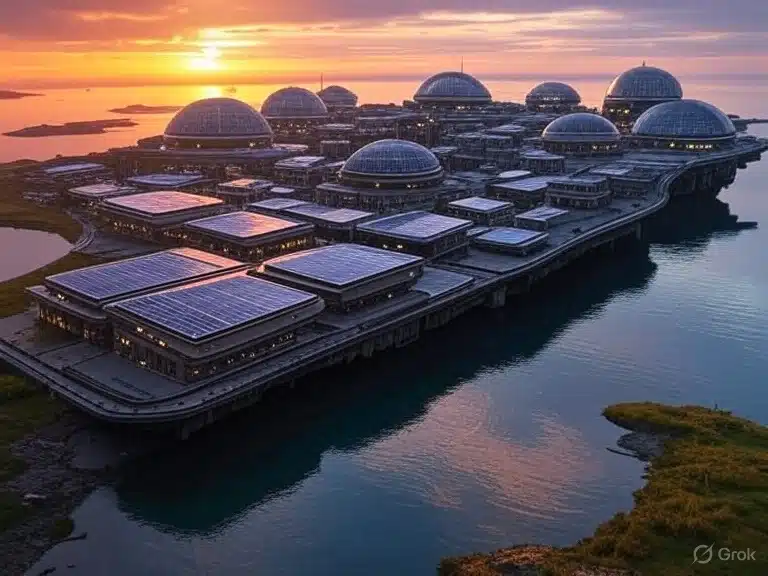
Lessons From Today’s Warming
While such a one-week melt is impossible in reality, ice sheets are melting at alarming rates due to climate change.
- Greenland loses 250 billion tons of ice every year.
- Antarctica’s melt contributes millimeters to sea level rise annually.
- If unchecked, these slow changes could still raise sea levels by several meters in the next few centuries.
The nightmare scenario reminds us: ignoring today’s gradual melt may create tomorrow’s disasters.
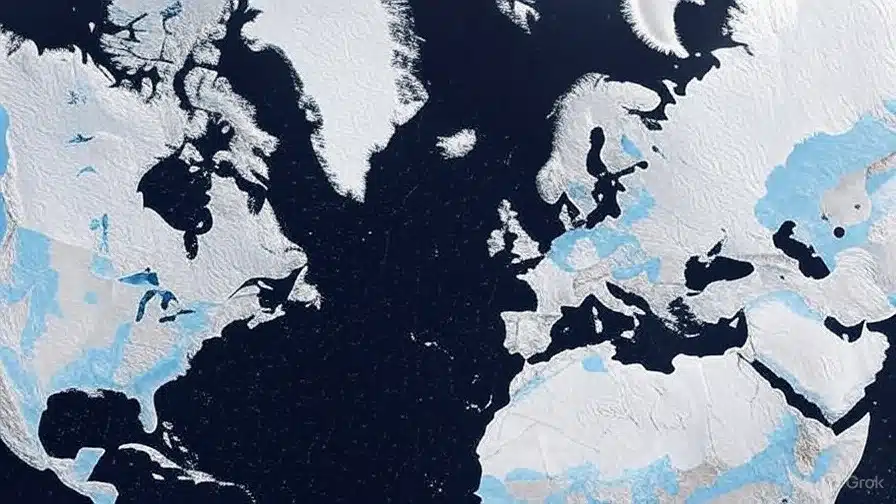
Conclusion
If the world’s ice sheets melted in a single week, Earth would be thrown into chaos: megacities underwater, billions displaced, ecosystems destroyed, and economies collapsed. While this scenario is impossible in such a short timeframe, it highlights the urgent reality—we are already on a dangerous path with accelerating ice loss.
The ice sheets may seem distant, but their fate is tied to humanity’s survival. Protecting them is not optional—it’s essential.

